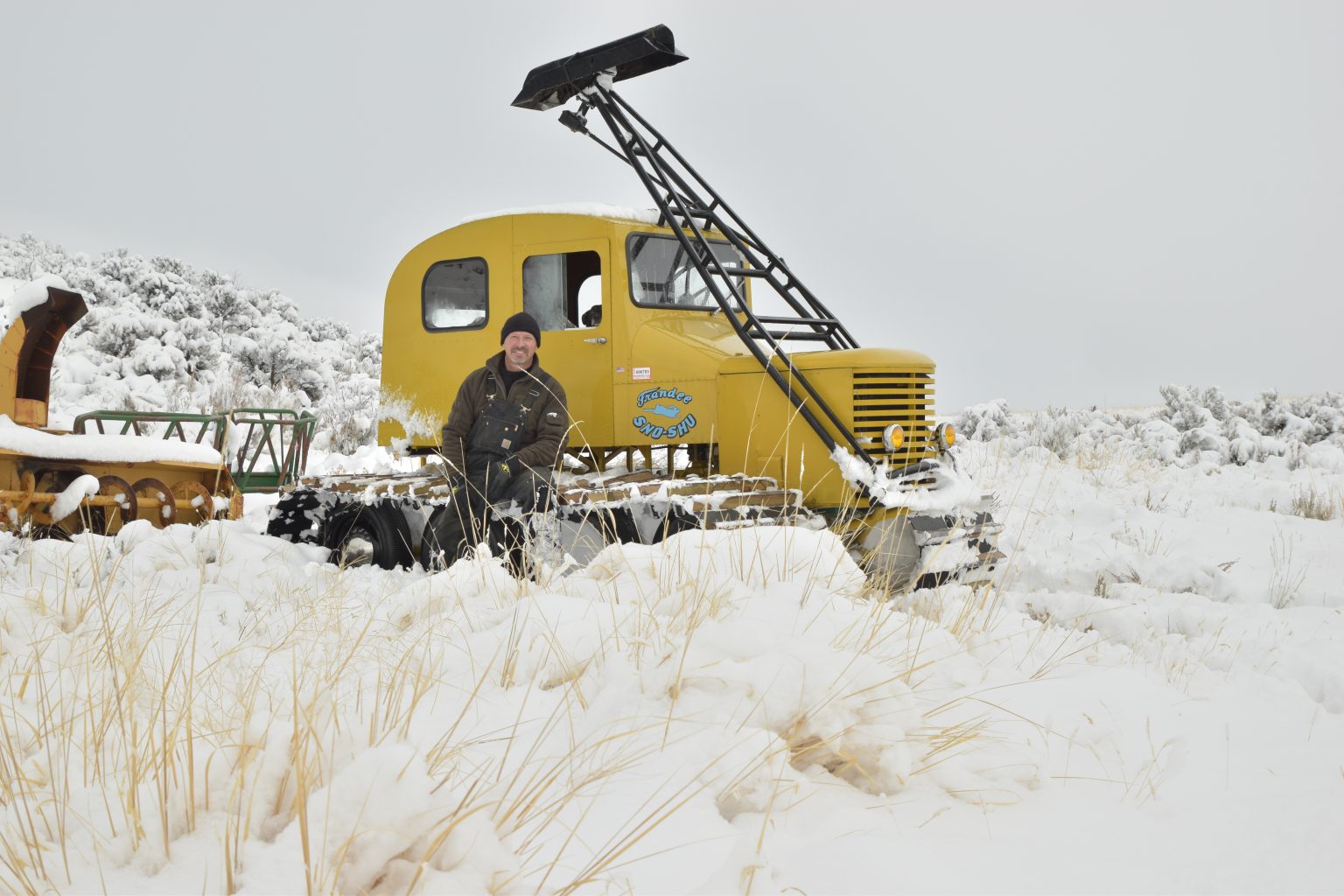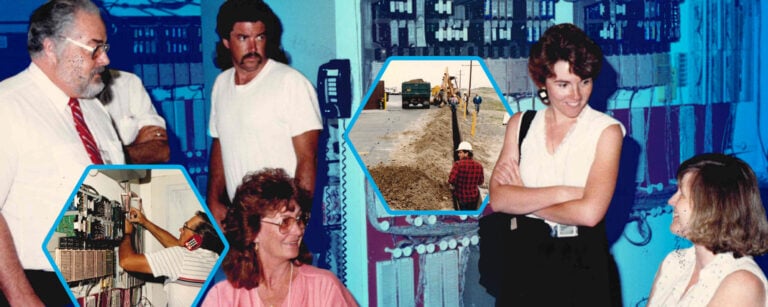David Stites has always had a knack for seeing things to completion.
In his eyes, the sense of accomplishment that comes from creating something of your own is an incomparable feeling.
It’s easy to imagine that helping create something inside one of the most powerful test reactors in the world is as blissful as it gets for Stites, which is exactly what he has done as an Idaho National Laboratory employee for over 30 years.
But somewhere in between now and then, Stites found something else that is able to rival that feeling: Restoring vintage snowcats.
JUMPING HEADFIRST INTO ENGINEERING
Born and raised outside of Pocatello, Idaho, much of Stites’ childhood was spent making his own fun. At any given time, he could be found fishing in a creek that ran through the heart of his family’s property with a handmade fishing pole, crafting rafts from scratch and learning to tinker with engines from his father and grandfather, both of whom were mechanics.
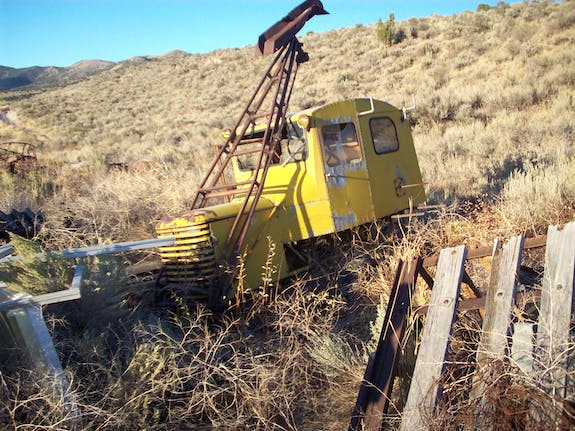
When Stites began contemplating a career, naturally, his allure for creation drew his eye to construction. That was until his father, a World War II veteran, gave him a simple, yet effective piece of advice, “Get an education and let your hobby stay a hobby.”
Shortly after, one of Stites’ friends told him he was going to enroll at Idaho State University to study engineering, and in true “if you jump, I jump” fashion, he followed suit.
“I had never thought about being an engineer or planned on it at all,” Stites said. “My friend just said, ‘let’s go sign up,’ and that’s how I became an engineer.”
To help get through school, Stites relied on various odd jobs to make ends meet, ranging from working as a custodian at a local gym, to serving as a volunteer firefighter – a position he held for 26 years – to even scavenging and selling firewood to pay for a semester of college while he was unemployed.
“It took me a long time to get through school because I wasn’t the best student in high school,” he said. “Grades weren’t good enough and parents weren’t rich enough, so it was on me.”
FINDING A NEW HOBBY
Initially popularized in the mid-20th century, snowcats (short for snow and caterpillar) are vehicles known for their ability to traverse on snow with ease using a continuous track system similar to what is found on snowmobiles and many military vehicles. The machines are often used for grooming and maintaining ski and snowmobile trails, as well as navigating harsh tundra biomes during polar research expeditions and even search and rescue missions.
Over the years, snowcats have found popularity for their recreational usage to explore the great outdoors in the winter by combing through several feet of snow effortlessly.
Stites’ experience with the machines began in 2010 while hunting in rural Idaho when he stumbled upon a rusted-out snowcat nestled inside what appeared to be a farmer’s junk pile. The machine was in rough shape and looked as if it had spent more time under snow than on top of it.
Looking for a new weekend project to pass the time, he tracked down the snowcat’s owner and bought what turned out to be a 1953 Frandee Model D, which unbeknownst to Stites, is a rarity of its kind.
Little did he know that he would spend the next eight years completely restoring the machine from top to bottom back to what the snowcat looked and felt like rolling off the assembly line in 1953.
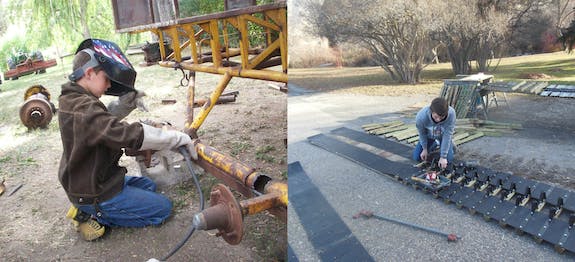
SUPPORTING THE ADVANCED TEST REACTOR
Upon obtaining his degree in general engineering, Stites started at INL in 1988 as a reactor operator at the Advanced Test Reactor (ATR), the largest and most powerful research reactor in the world.
As the only reactor of its kind in the United States, ATR is a critical asset that supports vital research needs for the departments of Energy and Defense. The facility can provide decades long irradiation exposure found in typical reactors in a matter of years, greatly advancing nuclear fuels and materials research and further augmenting the competitiveness of nuclear energy.
Since he started at the lab, Stites has held several positions at ATR, including spending 19 years as a reactor experiment designer. For the last decade, he’s been a part of the reactor’s Plant and Projects Engineering Group. In his role, he helps perform major modifications to ATR’s core components and functions, including during processes like the upcoming core internals changeout, a renewal of the reactor’s inner components that takes place every 10 to 15 years.
Ensuring the facility remains up to date as the world’s most powerful test reactor is a rigorous process in and of itself, and it’s here where he finds the most gratification in his line of work.
“It might take you four years to design an experiment that’s never been done before or new modification that’s going into the reactor,” Stites said. “But that sense of accomplishment when it’s finished and worked after all those years is just the best.”
BEGINNING THE RESTORATION PROCESS
Like any of the experiments and modifications that he helped with at ATR, the restoration process of his Model D was far from easy. Being that the snowcat was several decades old and extremely rare, with only 20 of them ever produced, resources related to its assembly were scarce.
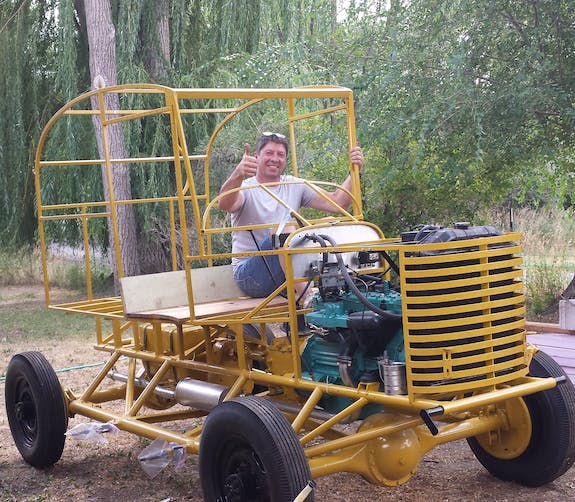
According to Stites, most snowcats were built using spare car and truck parts, as was the case for his Model D, which rolled out of the factory equipped with a Ford engine, General Motors axels and an amalgamation of varying manufacturers’ spare components. This meant he had to use casting numbers on the Model D’s equipment to identify and track down a specific part, hoping that someone somewhere had what he was looking for laying around.
Searching for information became like looking for a needle in a haystack until eventually, Stites struck gold.
During his research efforts, Stites connected and became friends with the children of Ross Eskelson, the Model D’s lead engineer, who designed and helped create his snowcat over half a century ago. His newly established friendships opened a floodgate of resources for Stites to use, ranging from pictures of the machines during their development to assets used by Eskelson decades ago.
“With the reactor, there’s a ton of research that you have do to design an experiment and a lot of it is using resources from when the reactor was first built,” said Stites. “It’s the same with snowcats. I have to research all of the parts, engines and technology that they used on the snowcats just like I did with the reactor.”
Armed with his treasure trove of newfound resources, as well as his two young sons, Stites began remanufacturing the machine from front to back, replacing and renovating practically everything inside and outside of the machine. Instead of updating the snowcat with newer materials, his intention was for the machine to feel like he was stepping back into 1953 the moment he sat on the Model D’s seat, and after eight long years he was able to do just that.
“The entire process was a parallel feeling to what I did at work,” said Stites.
LOOKING TOWARD THE FUTURE

2021 marks 33 years since Stites began his tenure at INL, but it also signifies something else: His retirement.
“I planned on retiring at 55 when I was 24,” he said. “I went a little past that, but it feels incredibly nice. I’m young enough that I can still have the physical ability to do anything, especially stuff outdoors. I’m really ready to just play.”
Stites’ retirement may signify the end of one journey, but in many ways, it also marks the beginning of something new. On the same property he grew up on, he plans to build a brand-new house and shop in his post-INL years, leaving plenty of time and space for him to start on the first of his next four snowcat restorations or find more ways to create his own fun.
As he reflects on his three decades at the lab, one would think the accomplishment Stites is most proud of would be the countless experiments he helped bring to life, or maybe the different augmentations he’s helped perform to ATR. But in his eyes, it’s the mentoring he’s done with young engineers over the last few years, the likes of which include his own son.
“It makes me proud,” Stites said. “It’s very nice to be able to pass on some of my knowledge because I did what they’re doing for so long.”
Hobbies are fulfilling, and fulfilled people make more productive employees. Hobbies unearth hidden skills, alleviate stress, unite you with others, and improve quality of life — all things that will help you function better at work. See other stories about Idaho National Lab employees.

